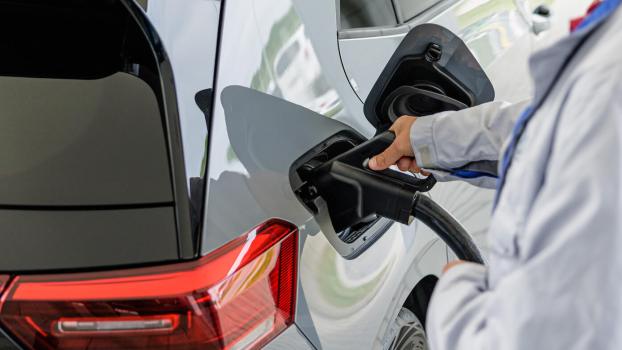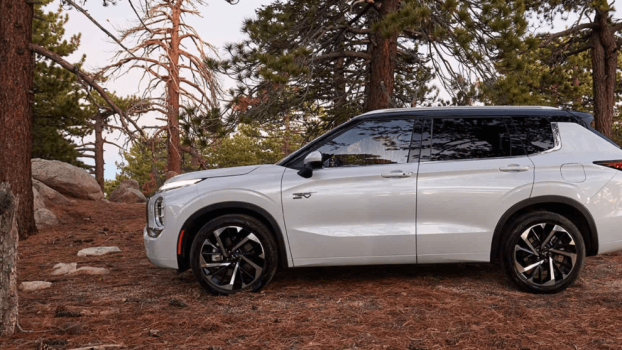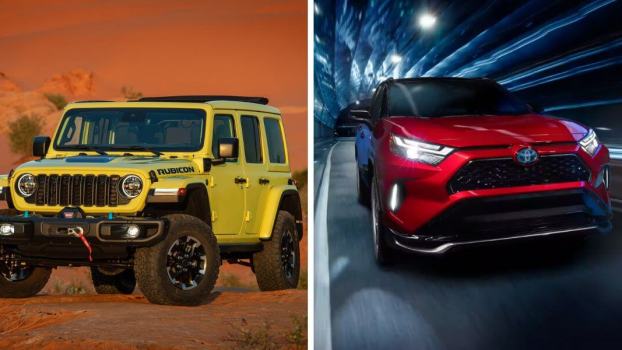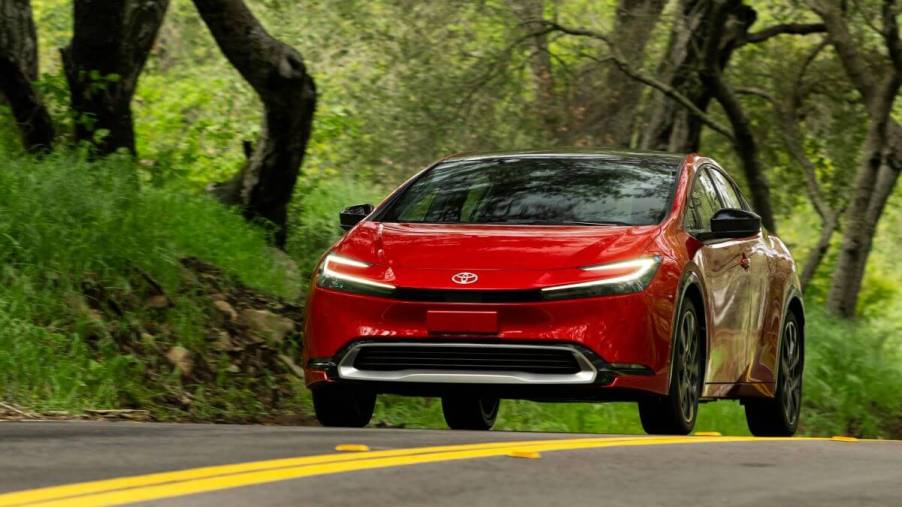
Most Drivers Don’t Understand What a Plug-in Hybrid Is
As more electrified cars come to market, their types and traits can be confusing. EVs, hybrids, and plug-in hybrid electric vehicles (PHEVs) use varying levels of electrification, and drivers accustomed to gas-only models could feel lost. That’s understandable. In particular, a PHEV might sound like a complex vehicle. Is it an EV? Is it a hybrid? Do you always need to plug it in? Actually, it’s pretty simple.
Confusion about hybrid and PHEV car models
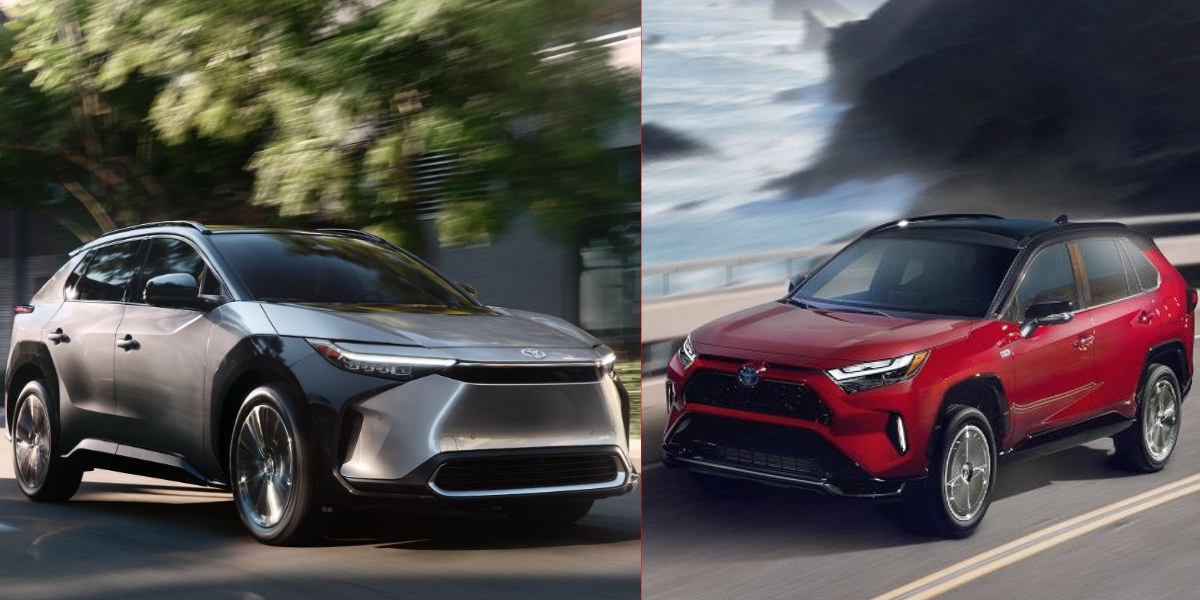
Consumer Reports surveyed 2,519 U.S. adults about the differences between hybrids and PHEVs. The 2022 study shows widespread misunderstandings about the two electrified designs.
In the survey, 37% of respondents incorrectly answered that hybrids must be plugged in and charged before driving. 45% correctly responded that hybrids require no charging. 18% said they were unsure.
So, despite hybrids and PHEVs being around for over a decade, their nuances still escape many consumers. But because each setup uses a battery and an internal combustion engine (ICE), it makes sense that some people can’t distinguish them.
What is a plug-in hybrid vehicle?

Plug-in hybrid electric vehicles combine the attributes of hybrids and EVs by using a gasoline engine, electric motor(s), and a battery. They can be driven in hybrid or all-electric mode. Here’s how they work.
Like a hybrid, a PHEV can cruise around in gas/electric mode, utilizing the ICE and electric motors in tandem. That offers the long range of a gasoline engine but with the added efficiency of electric assistance.
But the bonus of a PHEV is its ability to plug in and charge, giving the option of all-electric driving. Typical PHEVs can travel in electric-only mode for about 20 to 60 miles. For instance, the Toyota Prius Prime — a popular PHEV — has 44 miles of pure electric range.
PHEVs come in two flavors — power-split hybrids and series hybrids. Power-split configurations mix the ICE and battery to provide forward momentum. They’re the most common setup. On the other hand, series hybrids use the gas engine as a generator, powering the battery and not driving the wheels. An example is the BMW i3.
How PHEVs are different from hybrid and electric cars
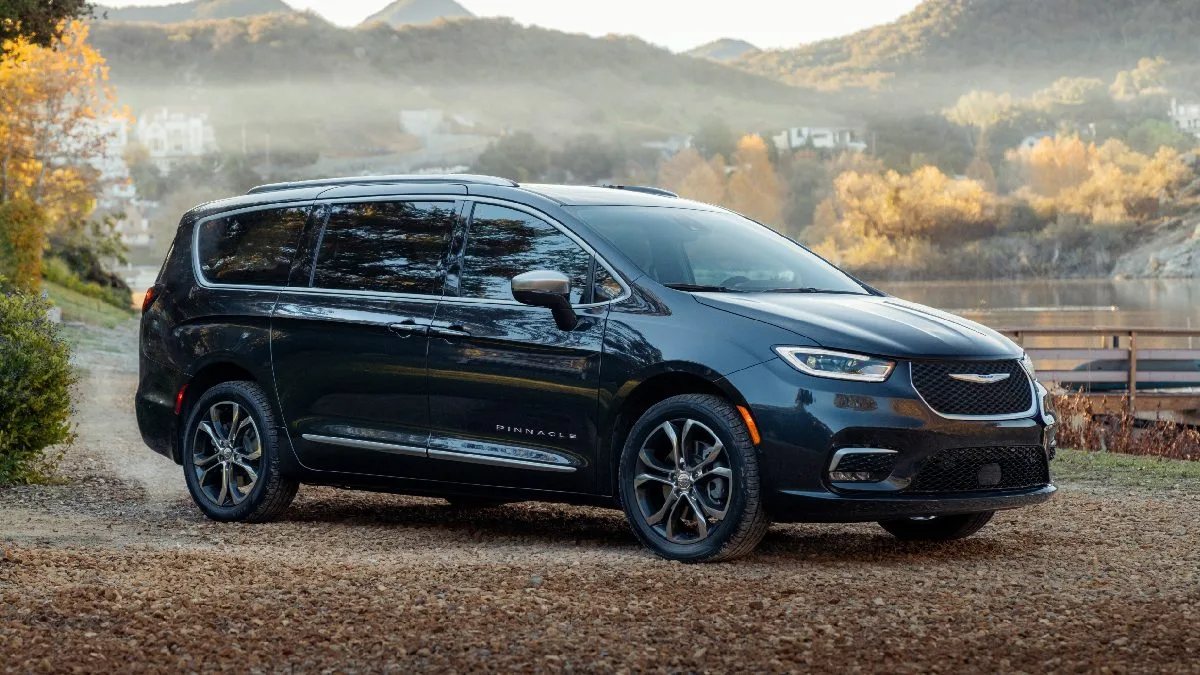
PHEVs, hybrids, and EVs are similar yet different. All use batteries and electric motors, while others utilize varying levels of gas power and battery assistance.
An electric car is just what it sounds like. Using batteries to power electric motors, an EV provides quiet, zero-emissions performance. But that also means a limited range and the need to recharge frequently.
A hybrid vehicle combines a gasoline engine, a battery, and electric motor(s) to enhance fuel efficiency without range restrictions. The ICE and motor(s) combine during everyday driving, getting the most out of every drop of gas and reducing carbon emissions. Regenerative braking keeps the battery topped off for optimal performance.
Boasting the best of an EV and a hybrid vehicle, a PHEV offers the option of all-electric driving and can function in hybrid mode. In contrast to a hybrid vehicle, a PHEV can plug in and charge, allowing it to drive on electricity alone over a limited range. But it also has a hybrid mode, allowing it to fill up with gasoline for long trips without having to recharge.
Who are plug-in hybrids for?
PHEVs are an excellent option for any driver. Short trips burn gas and emit carbon, costing money and polluting the environment. But a plug-in hybrid electric vehicle’s all-electric mode changes that. Yet, with the ability to drive as a hybrid, a PHEV can travel far and wide without needing to recharge. It really is the best of both worlds.
Consumers are slowly adopting EVs. Manufacturers continue churning out sleek models like the Audi Q4 e-Tron and Ford Mach-E. However, fully electric cars have limitations and carry hefty price tags. Range limits can mean charging stops on long trips, and $50,000-plus is a lot to spend on a car.
Hybrids are also nice. The new Toyota Prius has concept-car looks and stellar fuel efficiency (57 mpg combined). When equipped with all-wheel drive, it’s one of the most versatile vehicles. But it still burns gas and doesn’t have the silent, zero-emissions performance of an EV.
But with a plug-in hybrid electric vehicle, drivers get the best aspects of EVs and hybrids. On short trips, a PHEV’s all-electric range is a boon. Imagine not having to fill up for weeks and simply plugging in at home nightly. That’s easy on the wallet and the environment.
And because a PHEV doesn’t have to recharge, it has the long-distance convenience of a gas-powered car. Drivers can charge the vehicle when they want and not have to plan trips around charging stations.
Electrified vehicles reduce emissions and enhance efficiency. But EVs, PHEVs, and hybrids can get confusing when car shopping. PHEVs strike an appealing middle ground by offering fully electric driving and gas-powered range for zero-emissions performance and everyday convenience. That’s an attractive combo.
